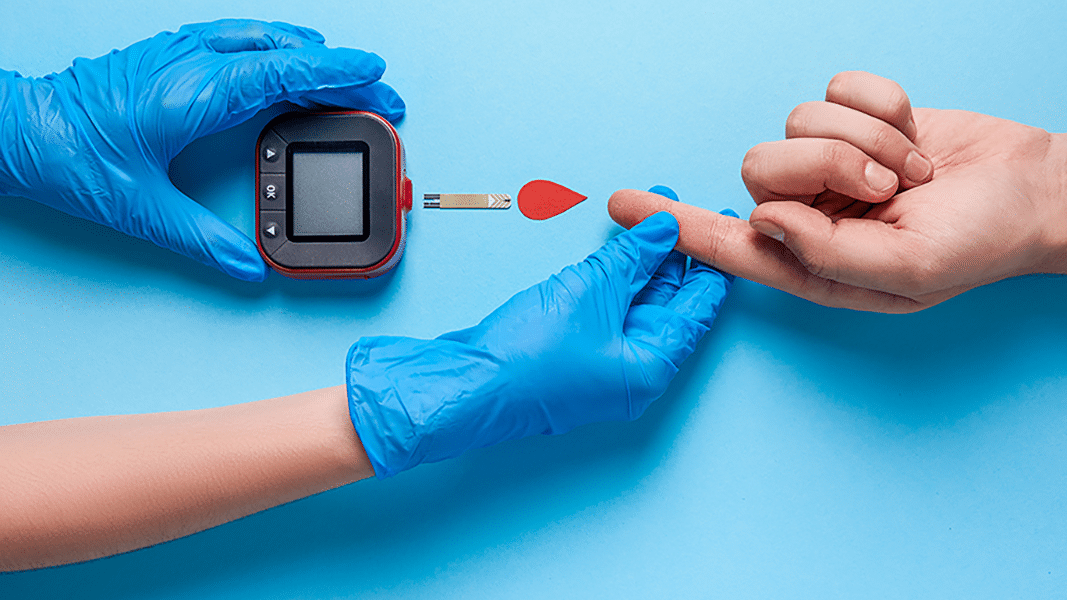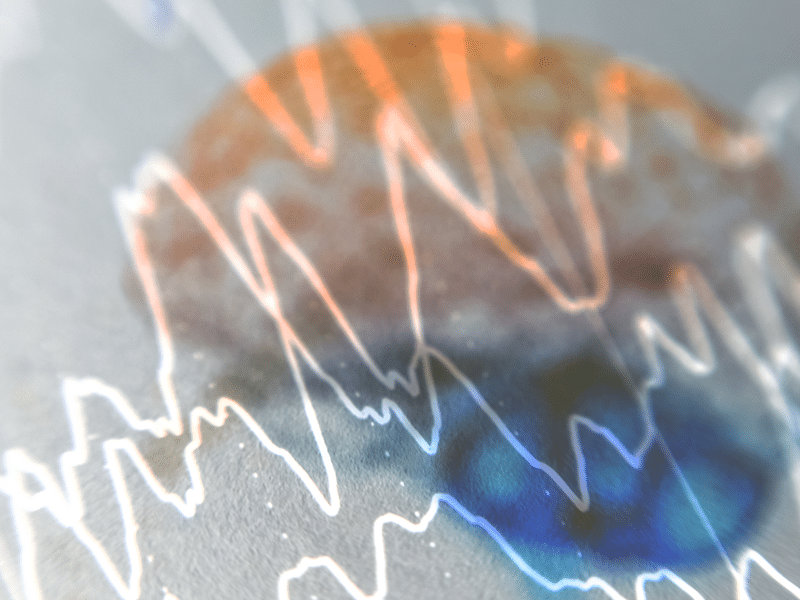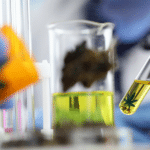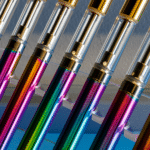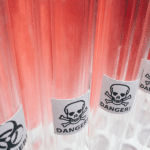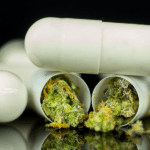Synthetic cannabinoids are a group of designer drugs that interact with the endocannabinoid system. But their relationship to cannabis doesn’t extend much further than that. Unlike marijuana, synthetic cannabinoids can cause a lethal overdose, hemorrhage, severe dependence, and many other complications.
Spanish doctors at a hospital in Madrid recently described yet another danger — hyperglycemia. In an article titled “Spice intoxication and hyperglycemia” they report on the case of a 23-year-old man with type 1 diabetes. After smoking a packet of herbs laced with unknown synthetics, he ate dinner and took his usual insulin injection. But the man arrived at the emergency room forty minutes later, hallucinating and vomiting, with a very high blood sugar level of roughly 400 mg/dl. The patient admitted to using synthetic cannabinoids and recovered after about 10 hours in the hospital.
Cannabinoid receptors are known to regulate insulin production and the inflammatory response, which in type 1 diabetes leads to the body attacking insulin-producing cells. Much preclinical work has shown that activating CB1, the psychoactive cannabinoid receptor, can damage the pancreatic beta cells that produce insulin. So, it isn’t surprising that synthetic cannabinoids could exacerbate diabetes and its complications. As the authors note, there has been at least one case where a type 1 diabetic died, apparently from ketoacidosis (a process that results in the blood acidifying), after taking synthetic cannabinoids.
Synthetic vs. Plant-Based Cannabinoids
Interestingly, recreational cannabis use seems to have a positive effect on diabetes, particularly type 2 diabetes. A handful of studies have shown that regularly smoking marijuana is associated with lower rates of both obesity and type 2 diabetes.
A handful of explanations have been proposed to explain this apparent discrepancy. Maybe it’s because THC exerts an anti-inflammatory effect through peripheral CB2 (cannabinoid) receptors. Or it could be because CB1 becomes desensitized in fatty tissue. Or perhaps it is because of the entourage effect, wherein other chemicals in cannabis (such as beta-caryophyllene and CBD) confer a protective effect. But regardless of the proposed explanation, the data clearly indicate that people using cannabis just for the fun of it are at a lower risk for type 2 diabetes.
Almost everyone who takes synthetic cannabinoids reports that they began using them as a substitute for cannabis. Why? Because cannabis flower is still federally illegal and synthetics are cheaper and harder to detect in a drug test. In other words, prohibitionist policies that stigmatize and punish cannabis consumption drives people (especially those under 21) to use much more dangerous drugs, like these synthetic cannabinoids.
Adrian Devitt-Lee is a research scientist and longtime Project CBD contributor. © Copyright, Project CBD. May not be reprinted without permission.
Recommended Readings
Under the Radar: Synthetic Cannabinoids & EVALI
The CDC’s diagnostic criteria for EVALI parallel the symptoms of synthetic cannabinoid use.
Understanding Synthetic Cannabinoids
A neuroscientist critiques the New York Times report on “Spice,” an illicit synthetic cannabinoid.
Seizures on Synthetic Cannabinoids
Synthetic cannabinoid binds with high potency to the CB1 receptor — about 10-20x higher than THC.

